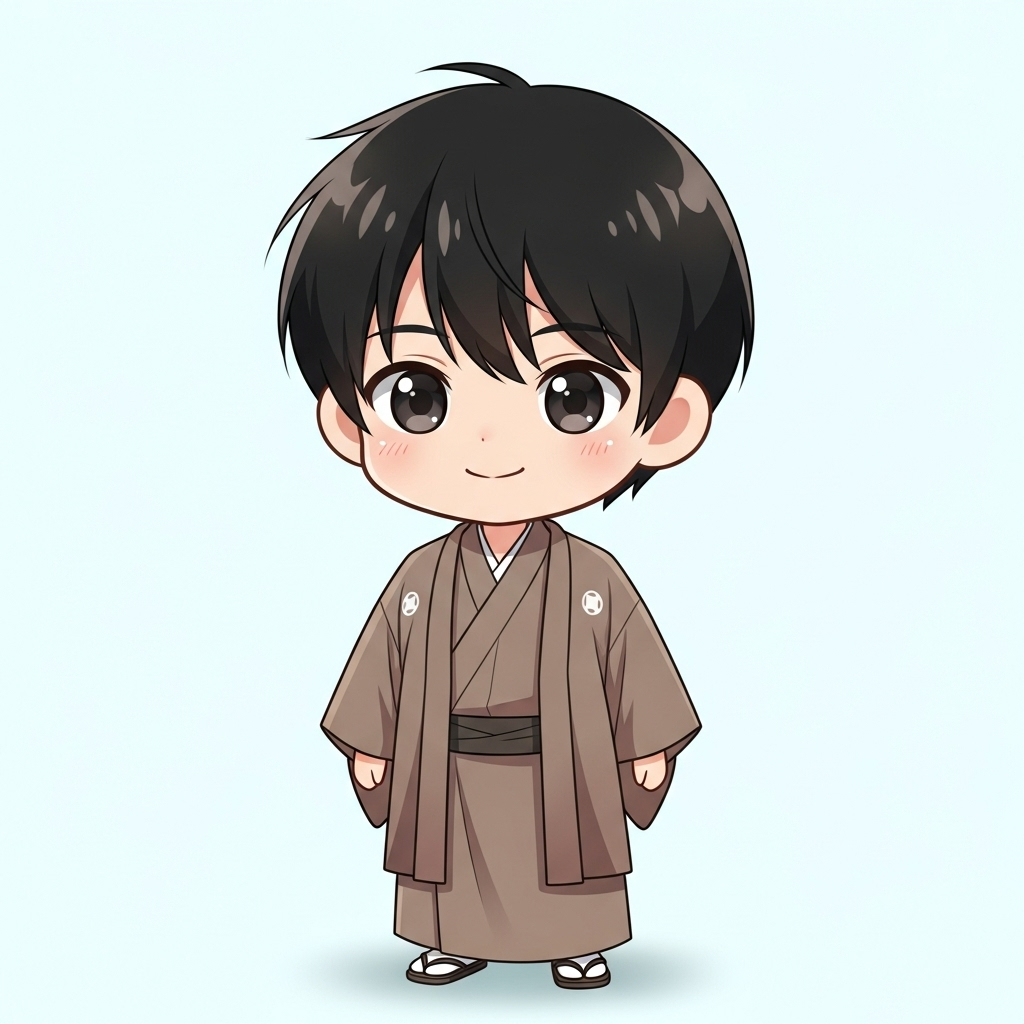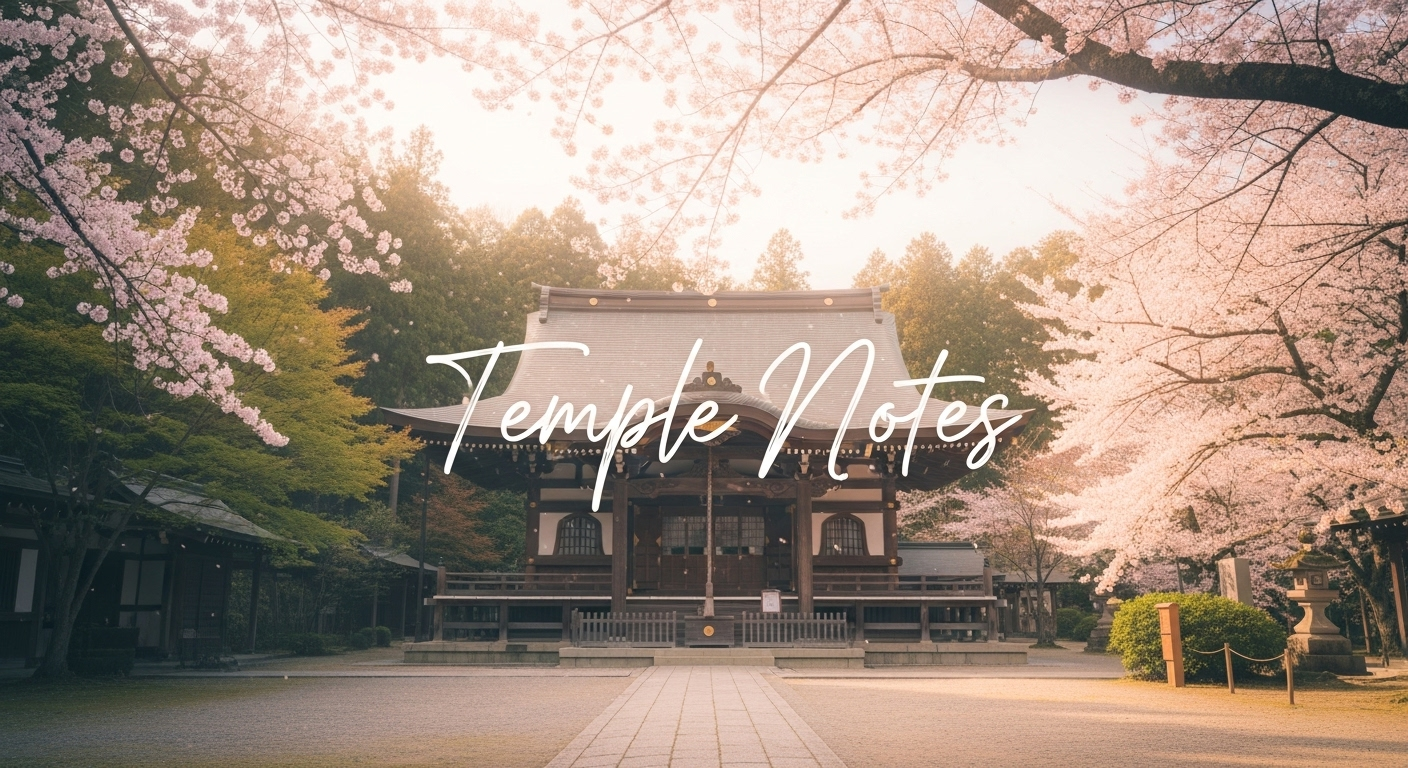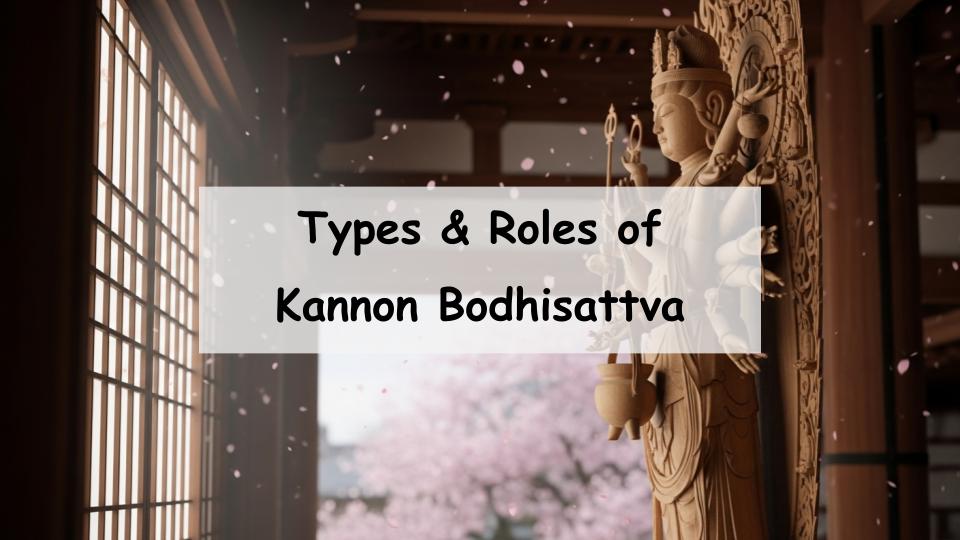Kannon Bodhisattva—what kind of being is this, and what meanings and roles lie within its many forms? These are common questions for those who come across the name and seek a deeper understanding. In short, Kannon is a compassionate figure who transforms in countless ways to rescue sentient beings, with each form carrying unique roles and blessings. This article introduces the major types of Kannon Bodhisattva and their symbolic roles, while also presenting five essential points to keep in mind for receiving their protection. By the end, you will gain a clearer understanding of which form of Kannon resonates with your needs and how this wisdom can be applied in daily life and prayer.
What is Kannon Bodhisattva|The Symbol of Compassion
Origins and History of Kannon Bodhisattva
Kannon, known in Sanskrit as Avalokiteśvara, developed as a central figure of compassion within Mahayana Buddhism. Spreading from India to China, Korea, and Japan, Kannon became revered under names such as “Kanzeon” or “Kannon Bosatsu.” Over centuries, the form and iconography of Kannon statues evolved according to cultural contexts, reflecting its role as an accessible savior figure across Asia.
Why Kannon is Worshipped
The enduring worship of Kannon is rooted in its image as a universal helper. Whether facing illness, disaster, or emotional distress, people have long prayed to Kannon for relief and hope. Unlike more complex philosophical aspects of Buddhism, Kannon’s compassion speaks directly to ordinary people, making it a deeply personal focus of devotion.
Kannon’s Place in Buddhism
Within the Buddhist framework, Kannon is one of many Bodhisattvas who dedicate themselves to helping sentient beings before attaining full enlightenment. Alongside figures like Maitreya, Manjushri, and Samantabhadra, Kannon represents compassion in action. While practices and rituals vary across sects, all recognize Kannon as a source of solace and guidance.
Types of Kannon Bodhisattva|Representative Forms and Features
Shō Kannon|Graceful Rescuer from Suffering
Shō Kannon appears in a simple, elegant form with a calm expression. Often depicted without elaborate objects or gestures, it represents tranquility and compassion. This form is commonly enshrined in temples as a symbol of daily peace and spiritual relief.
Eleven-Faced Kannon|Watching Over with Many Faces
The Eleven-Faced Kannon bears multiple faces atop its head, each representing different emotions and responses. This symbolizes the ability to address diverse human suffering. Believers turn to this form when facing complex or changing challenges, trusting in its all-encompassing compassion.
Thousand-Armed Kannon|The Infinite Helping Hands
The Thousand-Armed Kannon is famous for its countless arms, each hand symbolizing aid for those in need. It embodies the idea of helping many at once, representing broad, collective salvation. Communities and individuals alike seek this form during disasters or overwhelming difficulties.
Horse-Headed Kannon|Powerful Protector Against Calamity
Horse-Headed Kannon is often depicted with a fierce expression, symbolizing its power to ward off evil and break through obstacles. It is worshipped particularly in times of sudden misfortune, accidents, or adversities, serving as a guardian against destructive forces.
Nyoirin Kannon|The Wish-Fulfilling Bodhisattva
Nyoirin Kannon holds a wish-granting jewel and staff, signifying the fulfillment of desires. It is prayed to for success in work, studies, or family prosperity. Believers often direct specific wishes toward this form, seeing it as a guide to tangible improvements in life.
The Roles of Kannon|The Meaning of Protection
Relief from Suffering and Worries
Kannon responds to individual struggles, from emotional distress and loneliness to family troubles and professional obstacles. Through prayer and devotion, people find inner clarity and renewed hope.
Blessings for Family and Daily Life
Kannon is also revered as a protector of households, ensuring safety, harmony, and fertility. Families often pray for smooth child-rearing, domestic peace, and resolution of conflicts.
A Source of Health and Safety
Prayers to Kannon extend to health, recovery from illness, and safe journeys. Alongside medical treatment, devotion provides emotional strength, reinforcing resilience during hardships.
5 Essential Points to Receive Protection
Understand the Features of Each Form
Knowing the symbolic meaning of each form of Kannon helps believers find the most fitting focus of prayer. For example, Shō Kannon embodies peace, while Horse-Headed Kannon breaks misfortune.
Choose a Form that Matches Your Needs
Specific goals call for specific forms—seek Shō Kannon for peace of mind, Nyoirin Kannon for prosperity, or Kokūzō for wisdom. Aligning your needs with the right form deepens faith.
Learn the Basics of Faith and Prayer
While sincerity matters most, learning simple practices—such as respectful bowing, chanting, or making offerings—helps incorporate devotion naturally into daily life.
Visit Temples Where Kannon is Enshrined
Experiencing Kannon directly in temples deepens understanding. Observing rituals, hearing temple traditions, and receiving blessings make devotion more tangible.
Make Devotion a Daily Habit
Rather than limiting prayer to special occasions, incorporate small acts of devotion into daily routines. Offering gratitude, chanting briefly, or mindful reflection keeps Kannon’s presence close.
Conclusion|Living with Kannon as a Guiding Light
Applying Knowledge of Forms and Roles
By understanding the forms and roles of Kannon Bodhisattva, believers can align their prayers with the kind of guidance they seek. Knowledge enriches faith, making practice more meaningful.
Bringing Kannon into Daily Life
Kannon is not a distant figure, but a companion in times of trouble and a source of comfort in ordinary life. Through daily habits of prayer and mindfulness, anyone can feel the compassionate protection of Kannon Bodhisattva.
A Message from the Guide

If the types differ, their appearances may change, but what they all share is the gentle way in which each form of Kannon watches over people.









Comment